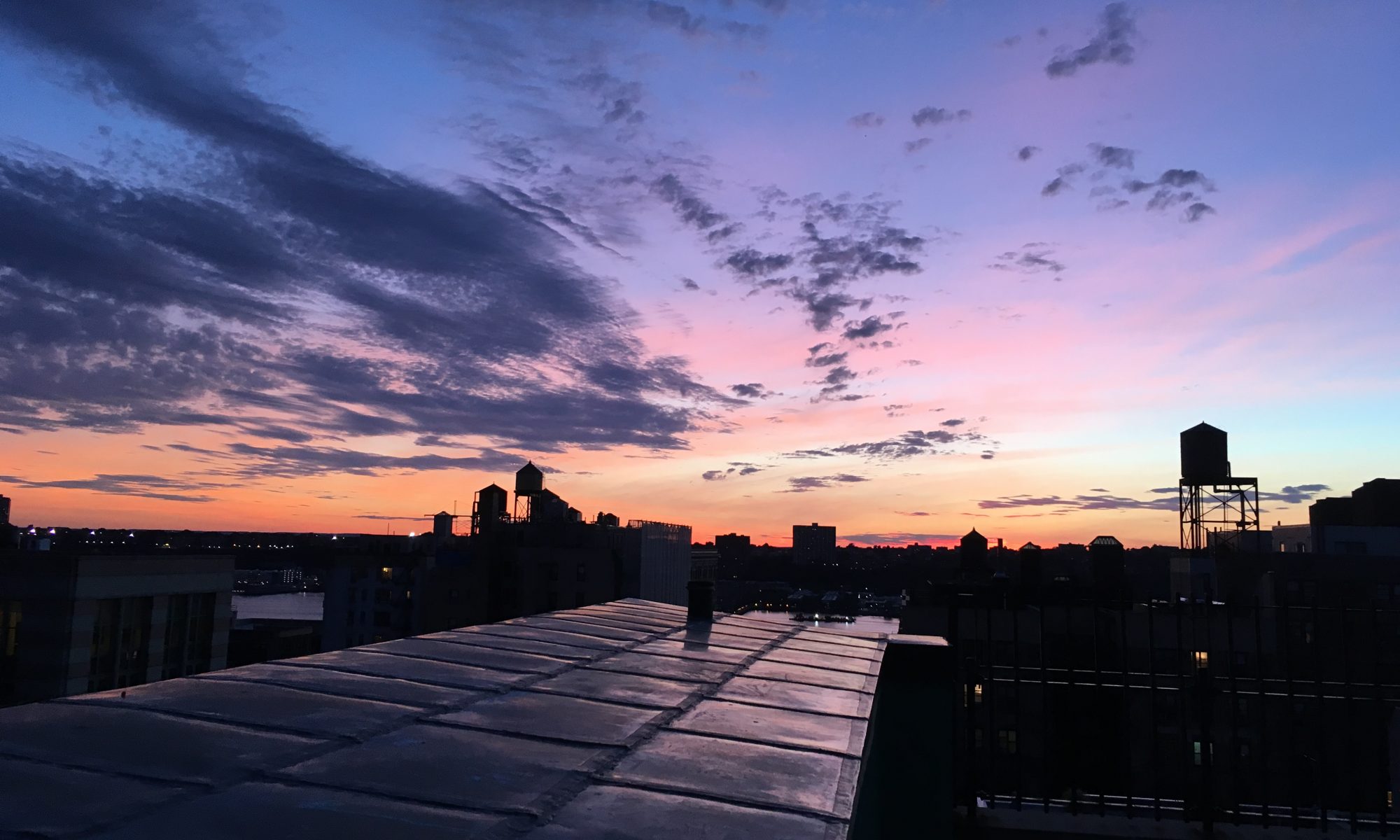| Edification value | |
|---|---|
| Entertainment value | |
| Should you go? | |
| Time spent | 21 minutes |
| Best thing I saw or learned | Joseph S. Bell-Bey’s abstract acrylics were pretty cool. I particularly liked his deep blue one.
|
In the late 1960s a group of business and community leaders in Jamaica, Queens decided to do something to try to arrest the decline of the Jamaica Avenue shopping district. Among other strategies, they decided their neighborhood needed a new arts institution.
The City abandoning its beautiful, Italian Renaissance-style Queens Register of Titles & Deeds building around the same time created an opportunity for some adaptive reuse, and the Jamaica Center for Arts and Learning was born in 1972.
 Programming at JCAL heavily emphasizes the performing arts, film screenings and lectures. JCAL’s main building has a theater, and it manages a nearby church building as a converted performing arts space. Classes are also a big part of the mission, including workshops and after-school programs for kids.
Programming at JCAL heavily emphasizes the performing arts, film screenings and lectures. JCAL’s main building has a theater, and it manages a nearby church building as a converted performing arts space. Classes are also a big part of the mission, including workshops and after-school programs for kids.
The JCAL building also houses a pair of gallery spaces, where it puts on several art exhibitions each year. It’s in that capacity that I paid a visit. Continue reading “Jamaica Center for Arts and Learning”


















 work. Abandoned as a school due to a fire in the pyromaniacal 1970s, the Clemente Soto Vélez Center was founded in 1993. It operates a number of endeavors in the building, including four theaters, artist studios, rehearsal spaces, two art galleries, and the aforementioned Escape the Room game.
work. Abandoned as a school due to a fire in the pyromaniacal 1970s, the Clemente Soto Vélez Center was founded in 1993. It operates a number of endeavors in the building, including four theaters, artist studios, rehearsal spaces, two art galleries, and the aforementioned Escape the Room game.
